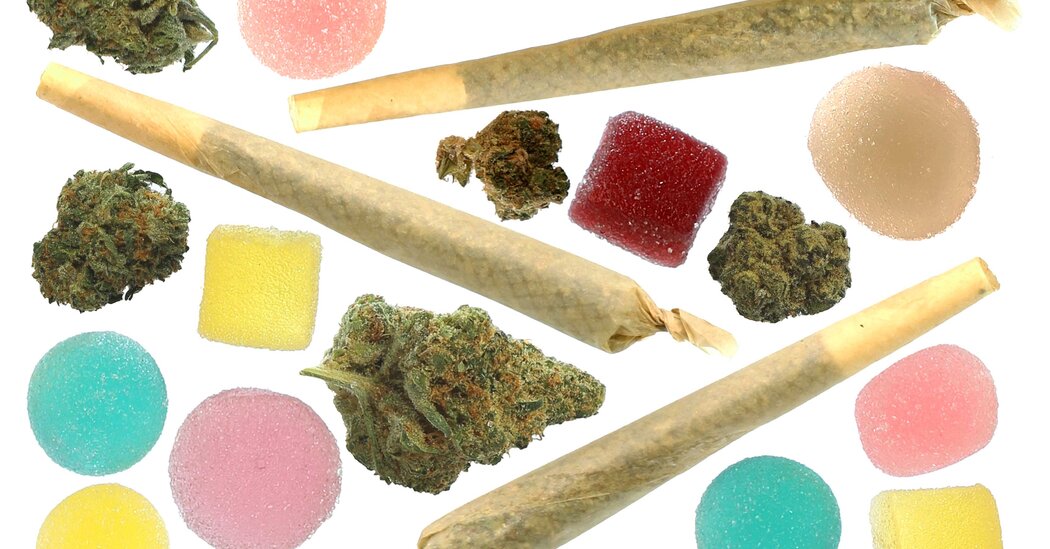The drug, legal in much of the country, is widely seen as nonaddictive and safe. For some users, these assumptions are dangerously wrong.
In midcoast Maine, a pediatrician sees teenagers so dependent on cannabis that they consume it practically all day, every day — “a remarkably scary amount,” she said.
From Washington State to West Virginia, psychiatrists treat rising numbers of people whose use of the drug has brought on delusions, paranoia and other symptoms of psychosis.
And in the emergency departments of small community hospitals and large academic medical centers alike, physicians encounter patients with severe vomiting induced by the drug — a potentially devastating condition that once was rare but now, they say, is common. “Those patients look so sick,” said a doctor in Ohio, who described them “writhing around in pain.”
As marijuana legalization has accelerated across the country, doctors are contending with the effects of an explosion in the use of the drug and its intensity. A $33 billion industry has taken root, turning out an ever-expanding range of cannabis products so intoxicating they bear little resemblance to the marijuana available a generation ago. Tens of millions of Americans use the drug, for medical or recreational purposes — most of them without problems.
But with more people consuming more potent cannabis more often, a growing number, mostly chronic users, are enduring serious health consequences.
The accumulating harm is broader and more severe than previously reported. And gaps in state regulations, limited public health messaging and federal restraints on research have left many consumers, government officials and even medical practitioners in the dark about such outcomes.
Rates of Regular Cannabis Use Have Risen
Share of survey respondents who said they use cannabis near-daily
Source: An analysis of data from the federal government’s National Survey on Drug Use and Health conducted by Richard Grucza, an epidemiologist at Saint Louis University. “Near-daily” is defined as using cannabis at least 20 days in the past month.
Note: In 2020, the survey underwent changes in methodology that may have made respondents more willing to disclose drug use.
By Karl Russell
Do you have a story to share about the use or regulation of marijuana, or about the cannabis industry? We’d like to hear from you.
We won’t publish any part of your response without following up with you first, verifying your information and hearing back from you. And we won’t share your contact information outside the Times newsroom or use it for any reason other than to get in touch. You can also share information through our secure tip line: nytimes.com/tips.
